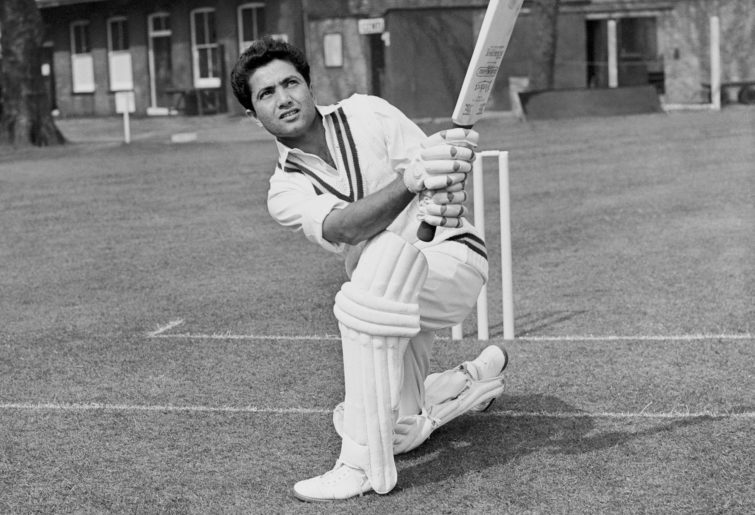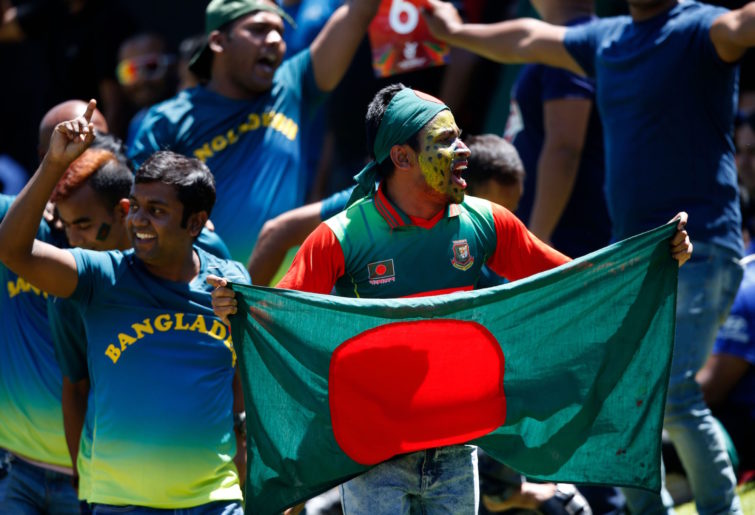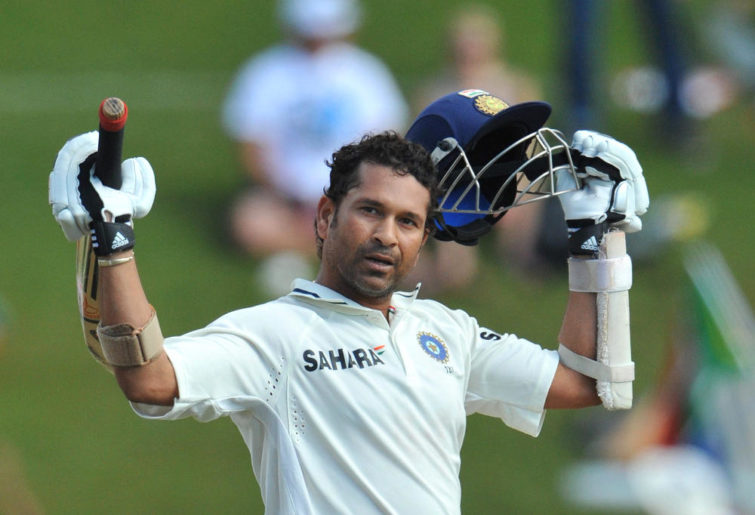During the summer of 1971, both Pakistan and India played three-match series against England.
Initially, there were some concerns regarding the competitiveness in these matches as both the sides had performed poorly in England during the 1960s. But, here, both the touring sides performed admirably. While Pakistan were a bit unlucky to lose a hard fought series 1-0, Ajit Wadekar’s India had a memorable victory at the Oval in August to clinch the series.
I consider 1971 as the beginning of the modern era in Asian cricket. It wasn’t that both teams were strong in all departments. Pakistan were still looking for a match-winning bowler – Imran Khan eventually solved the problem – while the Indian batting was still a bit fragile. There were setbacks as well, but overall, there was a greater sense of self belief, and a greater desire to fight until the end.
I have plans to write a separate article to discuss both the cause and effect of this change of attitude. But here, in this two-part article, I will try to form a strong Asian Test team picking up a maximum of two players from any country.
Of course, the cricketing horizon of Asia has become much larger over the last 50 years. Now, we have five Test-playing nations. But after fulfilling the quota of ten players from these teams, I still need two players from the associate nations to complete my XII. To my surprise, I found more than two viable options.
I will start with the original ‘Little Master’ of subcontinent cricket.
Hanif Mohammad (Pakistan)
Born in Junagadh in the north-west coast of India, Hanif, along with his family, moved to Karachi after the partition of India, thus depriving India of some excellent cricketing talents. At Karachi, his batting techniques were sharpened under the coaching of Abdul Aziz Durrani. At the age of 17, he was ready to make his Test debut against India.

(Photo by S&G/PA Images via Getty Images)
Initially, success was slow to come, but the selectors remained patient with him – and they were rewarded for their patience.
After scoring his maiden Test ton against India in 1955, he didn’t look back. While Brian Lara now holds the record for the highest first class score, it’s highly unlikely that anyone will break his record of the longest Test innings: 337 from 16 hours and ten minutes in Bridgetown in January, 1958.
His son, Shoaib, also represented Pakistan in Tests with considerable success. In fact, in Wellington in February 1989, it seemed that Shaoaib was having a go at his father’s long-standing record. But after batting for 12 hours, scoring a patient 163, he was bowled by Sir Richard Hadlee.
Tamim Iqbal (Bangladesh)
There are two sets of opinions about Tamim’s batting here in Bangladesh. One group refers to his Test batting average of 39.57 and an ODI average of 36.89. These records are okay, but don’t justify his enormous talents. So this group feels that Tamim should bat in a more cautious manner.
The second group – which includes me – wants to see Tamim bat in his usual way. At his best, he is easily the most attractive batsman in the Tigers’ outfit. I find a Caribbean touch in his batting, especially while driving thorough the off side. Bangladesh cricket certainly needs entertainers like Tamim.

(Photo by Michele Spatari/AFP via Getty Images)
Kumar Sangakkara (Sri Lanka)
The initial years of Sri Lankan Test history saw quite a few wicketkeeper-batsmen get their chance in the Test team, but fail to secure a permanent place. So when Matale-born Sangakkara scored only 83 runs in his first five innings in Test cricket, there were pundits ready to write him off as a Test prospect.
But then he showed solid technique and plenty of grit on the bouncy pitches of South Africa during the 2000-01 season. In Durban, in the Boxing Day Test, he recorded his first fifty in Test cricket, and then added 98 at the Centurion.
He had three Test centuries in his name in 2001, but it is his double hundred against Pakistan early in 2002 that really brought him in to the limelight. His 230 at Lahore, against Waqar Younis and Shoaib Akhtar, helped Sri Lanka take a first-innings lead of 294. Chaminda Vaas and Murali then did the rest, ensuring an eight-wicket win for the islanders.
For the rest of his career, Sangakkara remained a much feared name among the bowlers in international cricket. When his Test career ended in 2015, he had 11 double hundreds and one score of 199 unbeaten to his name.
Sachin Tendulkar (India)
When he ended his long cricket career, the little man from Bombay had all kinds of batting records. In fact, the number of records he held probably was a record itself.
I personally most enjoyed his batting in the 1990s. Majestic, effortless, elegant, classy, splendid and many other adjectives can be used to describe his batting at the time. At that time, even a defensive push from him was a delight to watch.
In the second half, with much greater responsibility on his shoulders and ever increasing media pressure, he became more of a run getter than an entertainer. But his place in the annals of world cricket history is permanent.

(Duif du Toit / Gallo Images/Getty Images)
Mahadevan Sathasivam (Malaysia or Singapore)
Sathasivam has the unique distinction of captaining three different national teams: Sri Lanka, Singapore and Malaysia. In his 11 first class matches for Sri Lanka, in the years after World War Two, he scored 753 runs with three centuries and three fifties (average 41.83).
Sir Garfield Sobers described him as “the greatest batsman ever on earth” while Sir Frank Worrell also had high opinions about him.
Sathasivam was a national hero in Sri Lanka, but following the tragic murder of his wife, he decided to leave the country and settle in Singapore. Then he represented and captained both Singapore and Malaysia.
Hashmatullah Shahidi (Afghanistan)
While Rashid Khan and the other bowlers have generally enjoyed most of the limelight since the Afghans’ introduction to the Test arena, some of the batsmen are quietly doing their job. After struggling in his first four Tests, Hashmatullah came good against Zimbabwe in Abu Dhabi earlier this year.
His unbeaten 200 from almost six hours of batting, and his 307-run partnership with skipper Asghar Afghan, gave his side the upper hand. Rashid Khan then took 11 wickets to ensure a six-wicket victory for the Afghanistan team.
I will start the next part with three world-class all-rounders. Unfortunately, one of them would have to bat at the number nine position.































































































